ROOTSTIM
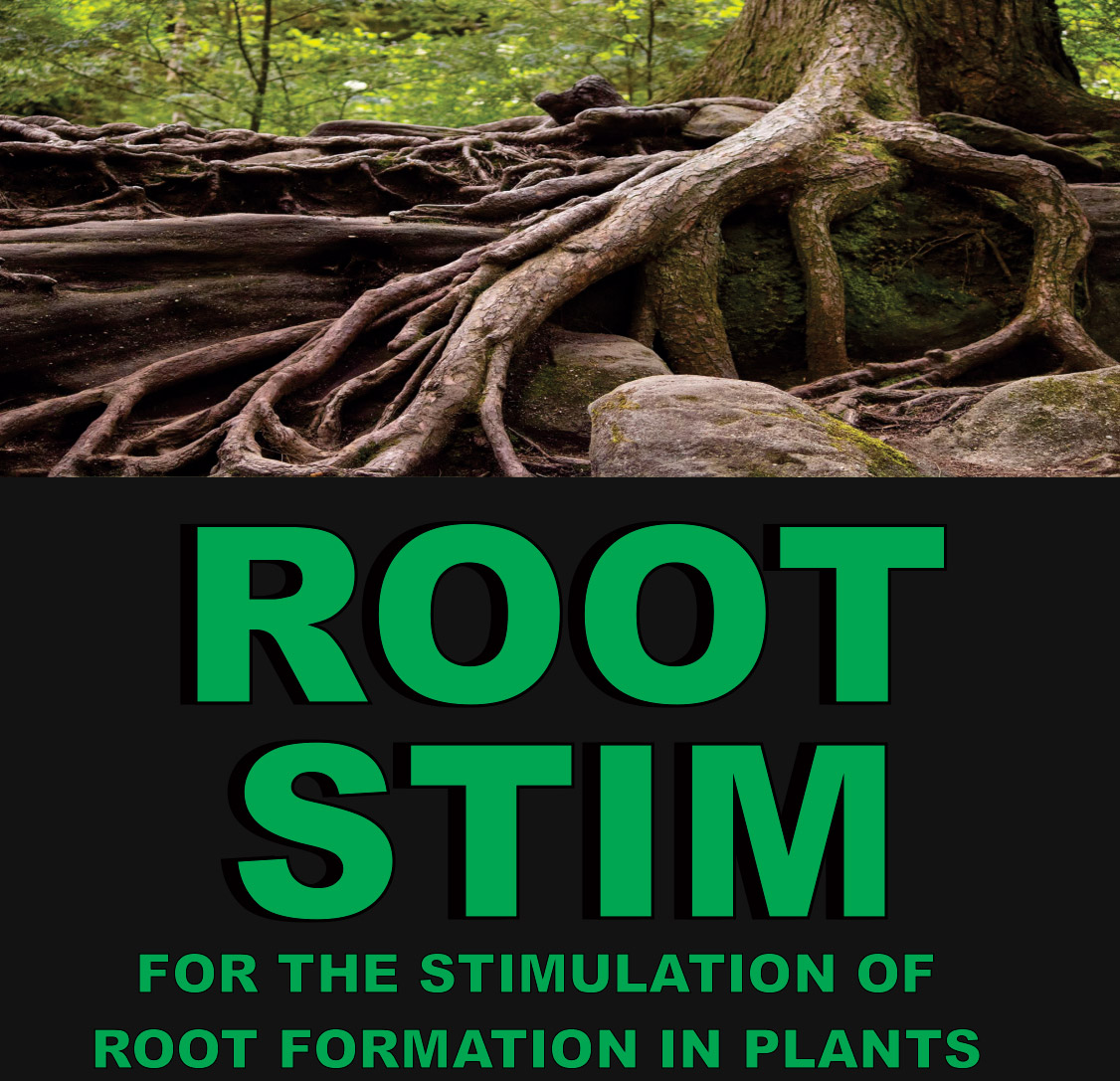
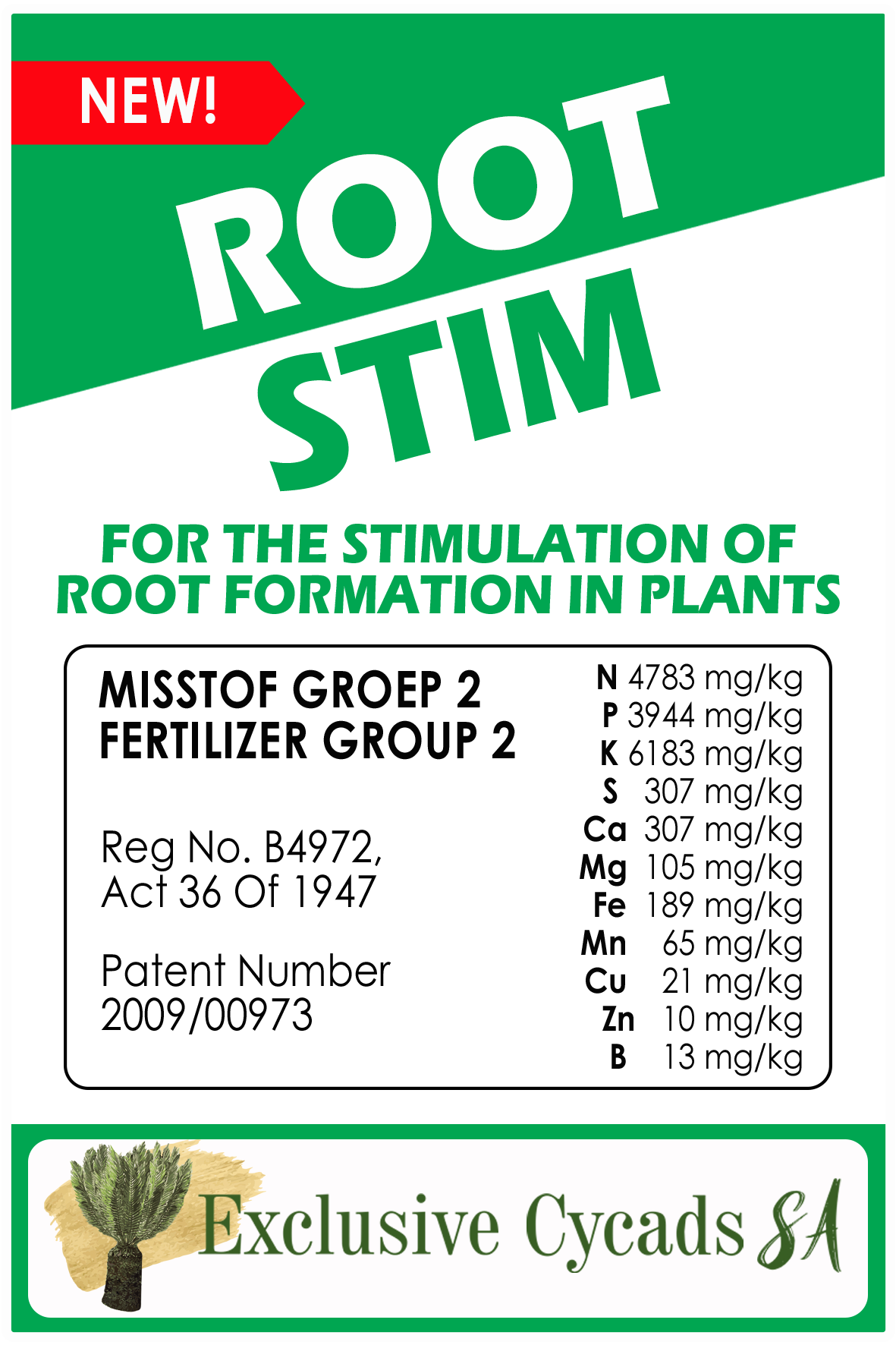
GROWSTIM
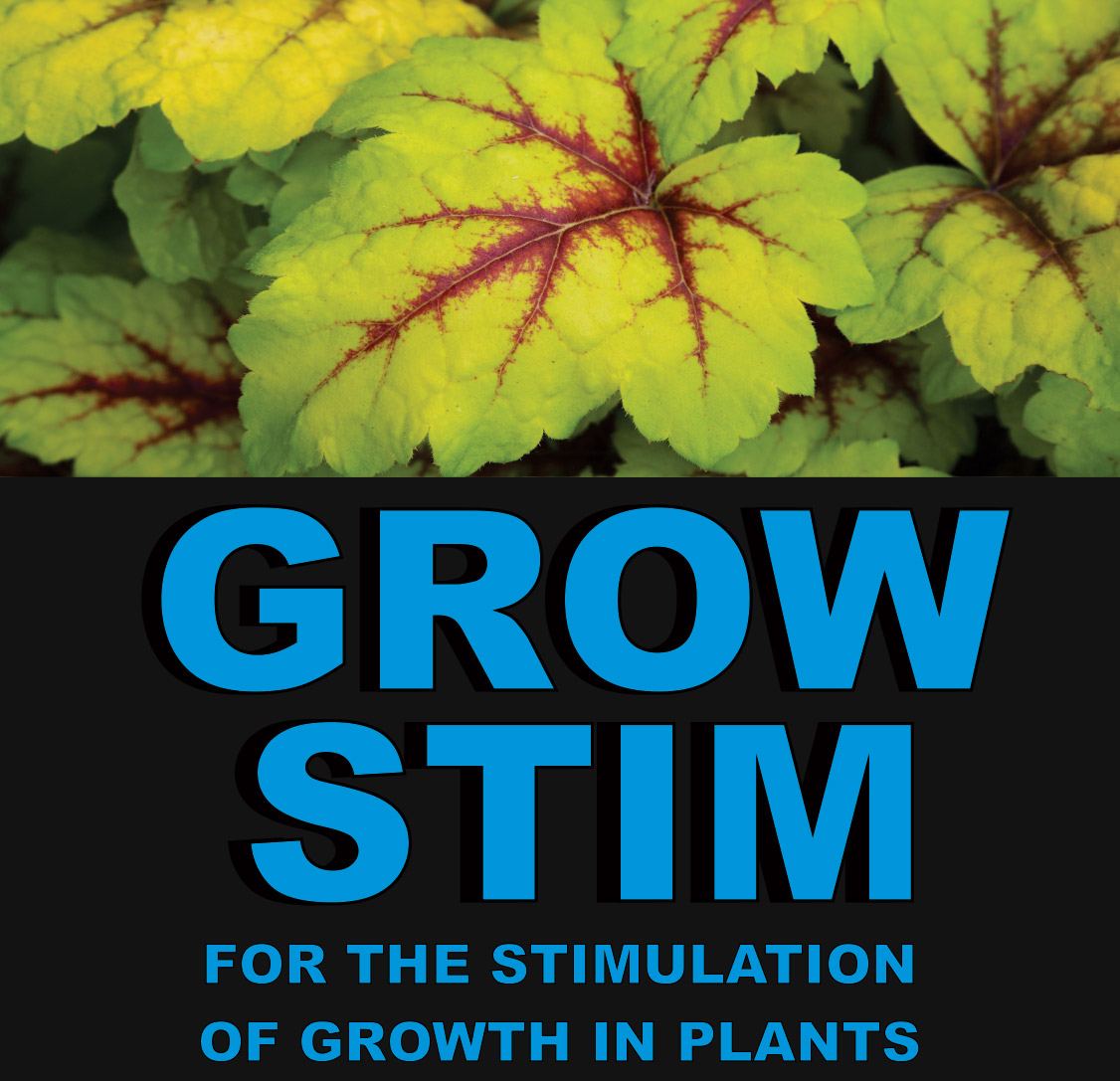
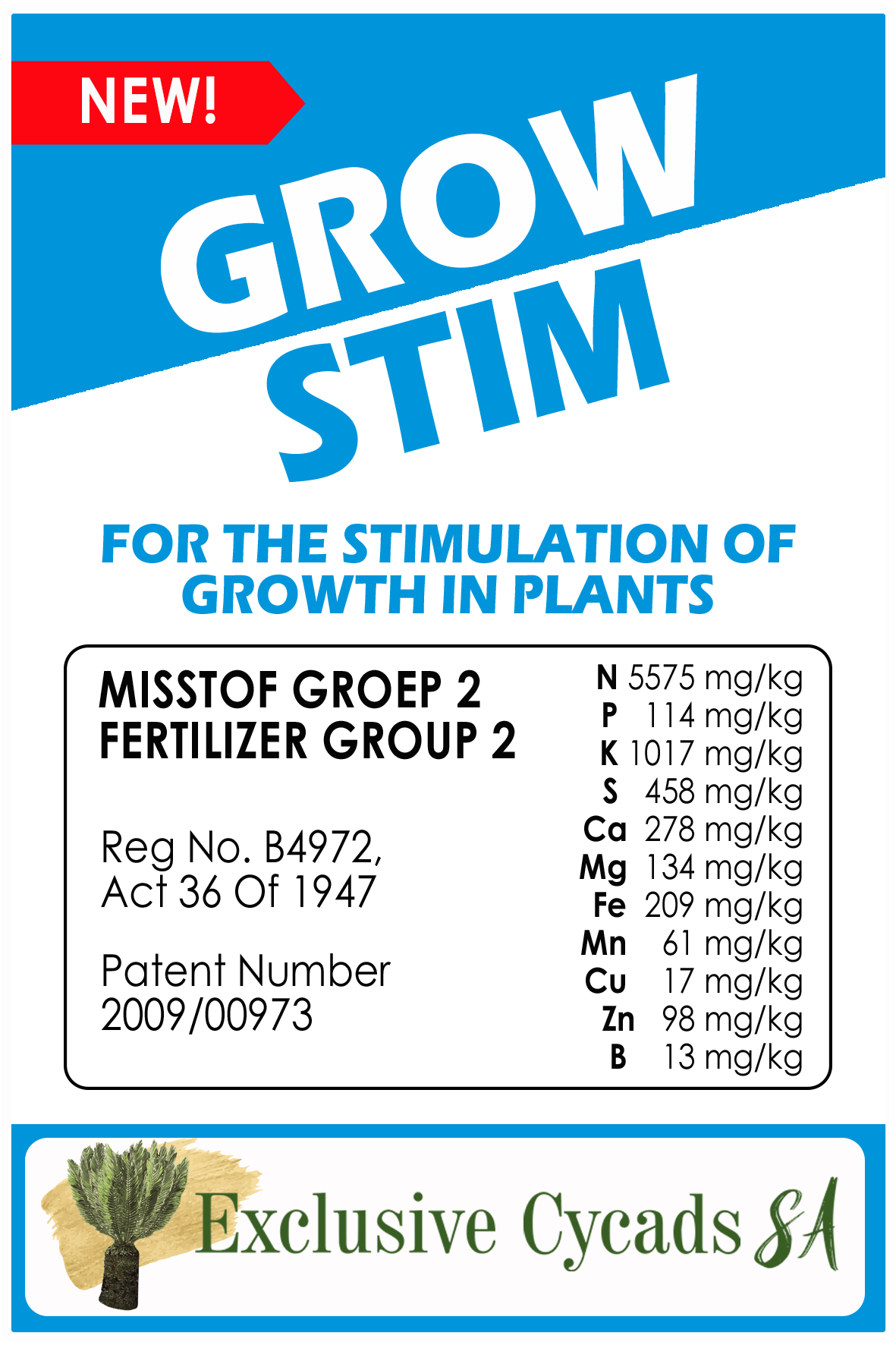
PHYSIOLOGY OF ROOT- AND GROWSTIM
ROOTSTIM & GROWSTIM – PHYSIOLOGY AND SUMMARY OF THE CONTENT
ORGANIC ACIDS
The chemical process of converting food into energy, that takes place in the Mitochondria, was proposed by Krebs in 1937. Citric acid cycle / Krebs cycle is a series of chemical reactions used by all aerobic organisms to generate energy.
This metabolic pathway (Krebs cycle / Citric Acid cycle) therefore provides energy required for the organism to function.
Mitochondria convert energy found in nutrient molecules and store it in the form of ATP. (Adenosine Triphosphate.)
ATP is the universal energy – yielding molecule, used by enzymes to perform a wide range of cellular functions.)
CELLS CANNOT SURVIVE WITHOUT A CONSTANT SUPPLY OF ATP.
SUMMARY OF KREBS / CITRIC ACID CYCLE
Oxidative phosphorylation generates 36 molecules of ATP in one Krebs cycle. Amino acids and other organics can be metabolized into Krebs intermediates and enter the cycle at several points.
Under normal conditions all the reactions in the Krebs cycle proceed smoothly, ATP is generated without the excessive production of any harmful by-products.
Different stressful conditions (eg. transplanting, disease etc.) can alter Krebs cycle chemistry, causing it to shut down normal energy production.
Several organic acids, including Malic acid and citric acid in “ROOTSTIM” and “GROWSTIM” can enter the metabolic pathway of the Krebs cycle. By supplementing these essential metabolic acids in the presence of nutrient factors, you can enable a partially completed Krebs cycle to go to completion. They can prevent and remove harmful byproducts that are generated from abnormal energy production in the mitochondria.
By completing the Krebs cycle, they can stimulate a high yield of ATP for tissue energy to keep the cells of the affected plant alive.
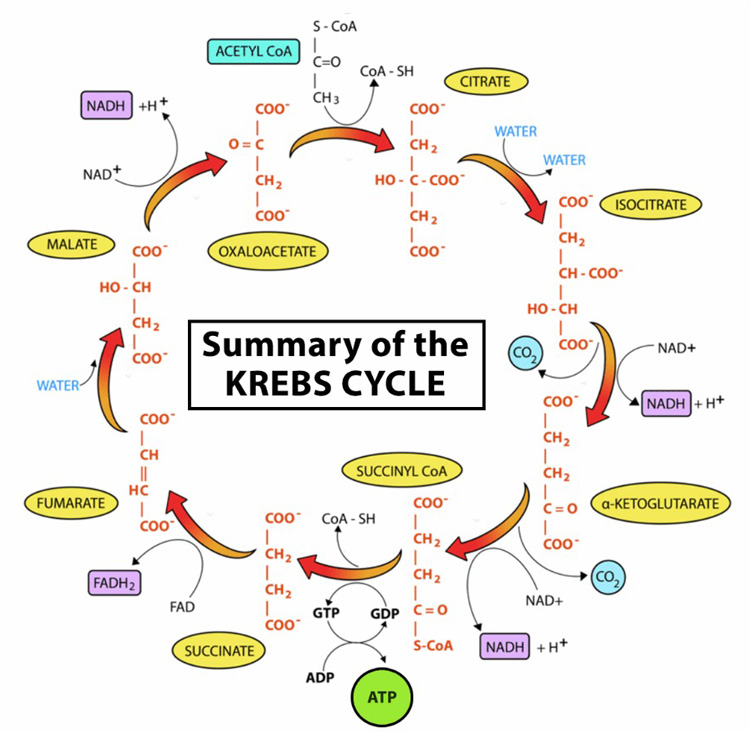
FRUCTOSE
They are the most important building -block compounds for more complex carbohydrates. Glucose plays a unique role in the chemistry of life. It is in a very real sense the crossroads of the chemical pathways in the bodies of plants and animals. Other six carbon monosaccharides, among them FRUCTOSE & GALACTOSE, are constantly being converted into glucose or synthesized from glucose.
By providing fructose to a plant that is transplanted or under stress, the living cells are provided with an energy source, until such a plant can produce its own energy again.
MACRONUTRIENTS IN ROOTSTIM
- Essential component of nucleic acids, Adenosine Triphosphate (ATP) coenzymes etc.
- Phosphate is also known to be a mild root stimulant. (ROOTSTIM contains a high concentrate of phosphate in soluble form that is easily absorbable.)
Nitrogen
- Structural component of amino acids, nucleic acids, hormones, and coenzymes.
- Essential to a vast number of plant functions, especially in fruit bearing plants.
Sulphur
- Structural component of chlorophyll and cofactor for many enzymes in carbohydrate metabolism.
Calcium
- Necessary for the formation of cell walls.
- Activator for several enzymes.
Iron
- Structural component of iron-porphyrins, which are contained in a huge number of enzymes.
MICRONUTRIENTS IN ROOTSTIM (CHELATED)
- Cofactor of many enzymes involved in cellular respiration, photosynthesis, and nitrogen metabolism.
Boron
- Necessary for utilization of calcium in the wall formation of cells.
Zinc
- Necessary for synthesis of tryptophan (a precursor of auxin).
- Cofactor for enzymes involved in oxidation of carbohydrates.
Molybdenum
- Structural component of the enzyme that reduces nitrate to nitrite.
- Essential for fixation of N2 by nitrogen fixing bacteria.
Copper
- Structural component of many enzymes that catalyze oxidation reactions.
These trace elements are needed in only minute quantities. Most of them, as mentioned above, are components of enzymes and coenzymes. A small amount of these minerals is necessary to synthesize the enzymes an coenzymes initially and to replenish the supply as the enzyme molecules are slowly broken down.
GROWTH REGULATORS
- The two main groups of growth regulators (Phytohormones) in ROOTSTIM are auxins a cytokinins.
- These hormones stimulate RNA + Protein synthesis.
- Working with Auxins, the cytokinins stimulate growth (Cell division) and also influence the pathway of differentiation. (If there is only cytokinins, there will be no effect.) Yet, if cytokinins are combined with Auxins, cells will divide.)
- The differentiation of cells is based on the cytokinin to auxin ratio. eg. - if there are more auxin than cytokinin, root formation is dominant.
- If there are more cytokinins than auxins, shoot buds and leaf formation are stimulated. The coordination between auxins and cytokinins allow a balance of growth in the shoots and root systems.
AUXINS IN ROOTSTIM
- Naturally – occurring auxins – 4 chloro-indole acetic acid and indole-3-butric acids.
- Synthetic auxin analogs – 4 (indols-3-y l) butyric acid and 1-naplitylacetic acid.
On cellular level, auxin and cytokinins are essential for cell growth, affecting both cell division and cellular expansion. In a living plant, auxins and cytokinins nearly always interact to determine patterns of plant development.
The concentration of auxins in ROOTSTIM is much higher than in GROWSTIM, because root formation is the primary objective.
CYTOKININS IN ROOTSTIM & GROWSTIM
- Both adenine cytokinins and urea cytokinin are present in ROOTSTIM & GROWSTIM. Both show similar biological activities.
- Cytokinins are active in promoting cell division and are also involved in cell growth, differentiation, and other physiological processes.
- Cytokinins are generally promoting shoot development and inhibiting root development, although they are necessary for cell division in both shoot and root formation.
Cytokinin effects:
- Promotes chlorophyll production.
- Promotes photosynthesis.
- Stimulates cell broadening.
- Promotes shoot formation.
- Delays leaf senescence
- Stimulates cell division with Auxin.
FULVIC ACID
Fulvic acid is the generic name of a complex mixture of small molecular mass organic acids.
Acts as a carrier of nutrients (Ammonium; nitrate; potassium; calcium; magnesium sulphate and also trace elements (zinc; copper; manganese and iron.)
POTASSIUM PHOSPHITES
Organic products containing potassium phosphites for the control of the Phytophthora species (Phyliuim sp.) and downy mildew.
SUMMARY
- With the transplanting of plants (Cycads; trees, etc) or removal of suckers or offshoots from trees or other plants, the normal energy pathways in the cells of such a plant are altered or caused to shut down.
- By supplying such a plant with energy (fructose), and organic acids that can sustain the normal metabolic pathways intracellular, we attempt to diminish the stress on the plant.
- By stimulating a plant with a more normal metabolism, to grow with Cytokinins & Auxins and also supplying it with the necessary Macro- and Micronutrients, we believe that the mortality rate of transplanting big plants or offshoots, should decrease considerably.
- We would suggest that a plant be treated at least 2-3 times before transplanting with ROOTSTIM and also during and after transplanting, until the plant is rooted.
- When rooted, then use GROWSTIM in combination with either an organic or inorganic fertilizer (eg. BOOST 1 and BOOST 2) to promote leaf, fruit and branch formation.

